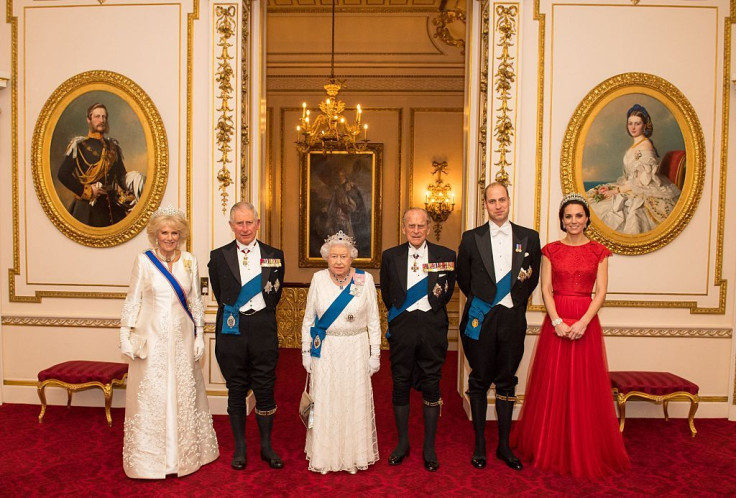
Queen Elizabeth II has been lauded as Britain’s longest-reigning monarch of all time. The 93-year-old monarch has been on the throne for almost 67 years, placing her 70-year-old son Prince Charles at the forefront, ready to ascend the throne when the time comes.
The celebrity status of the family has made them a household name, with everyone unquestioning about their future and their lineage. However, a closer inspection may shock a lot of fans as the royal family may not actually have the “royal blood” needed to maintain their position. A question has been put: does the British royal family actually have royal blood?
In the strictest sense of the word, Queen Elizabeth’s family and lineage is definitely linked to royalty. The Queen is a direct descendant of Queen Victoria, the daughter of a king and of German royalty descent.
Prince Philip, on the other hand, has his roots in the royalty of Greece and Denmark, though he relinquished his title when he married the Queen. Although admittedly one may be named a prince or a king by acclimation, it cannot be questioned that there is history of royal blood running through the veins of the monarch and her husband.
The “royal blood” of the British royal family supposedly stems from William the Conqueror’s bloodline (1066 AD). Despite tracing this descent, the discovery of Richard III’s remains in a Leicester car park in 2012 may have stunted the assurance of the lineage.
By testing it with his maternal DNA, the scientists who made the discovery proved that the remains were authentically Richard III’s. What had shocked the scientific world was that upon testing it with the DNA of the unnamed descendants of Henry Somerset, the 5th Duke of Beaufort, the results did not match with Richard III’s. This would mean that at some point in the history of the British royal lineage, an illegitimate child from an affair had sat on the throne.
The scientists could not rule out from when exactly the illegitimate child entered the throne without exhuming more bodies. However, if the break had been around the time of Edward III (1312–1377), then that would make a problem for the current family seated on the throne. Although this will unlikely be the case, the assurance of the royal claim on the throne can still be put to question in the future.
© 2025 Latin Times. All rights reserved. Do not reproduce without permission.



